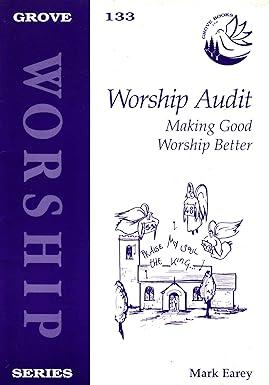




Kitchen Supply, Inc. (KSI), manufactures three types of flatware: institutional, standard, and silver. It applies all indirect costs according to a predetermined rate based on direct labor-hours. A consultant recently suggested that the company switch to an activity-based costing system and prepared the following cost estimates for year 2 for the recommended cost drivers. Estimated Recommended Estimated Cost Driver Activity Activity Processing orders Setting up production Handling materials Machine depreciation and maintenance Machine-hours Performing quality control Packing Cost Driver Cost $ Number of orders 54,000 216,000 360,000 288,000 72,000 144,000 $1,134,000 200 orders 100 runs Number of production runs Pounds of materials used 120,000 pounds 12,000 hours 45 inspections 480,000 units Number of inspections Number of units Total estimated cost In addition, management estimated 7,500 direct labor-hours for year 2 Assume that the following cost driver volumes occurred in January, year 2. Institutional 60,000 $39,000 450 Standard Silver 9,000 $15,000 600 Number of units produced Direct materials costs Direct labor-hours Number of orders 24,000 $24,000 450 12 6 Number of production runs Pounds of material Machine-hours Number of inspections Units shipped 3 3 3,000 80 15,000 580 6,000 140 3 3 24,000 9,000 60,000 Actual labor costs were $15 per hour Req A1 Req A2 Req B Req C Compute a predetermined overhead rate for year 2 for each cost driver using the estimated costs and estimated cost driver units prepared by the consultant. (Round "Packing" answer to 2 decimal places.) Activity Rate Processing orders per order Setting up production per run Handling materials per pound Using machines per machine hour Performing quality control per inspection Packing per unit Req A1 Req A2 Req B Req C Compute a predetermined rate for year 2 using direct labor-hours as the allocation base. (Round your answer to 2 decimal places.) Predetermined rate per direct labor-hour Req A1 Req A2 Req B Req C Compute the production costs for each product for January using direct labor-hours as the allocation base and the predetermined rate computed in requirement a(2). (Do not round intermediate calculations.) Account Institutional Standard Silver Total Direct materials $ 39,000 $ $ $ 24,000 15,000 78,000 Direct labor Indirect costs Total cost Req A1 Req A2 Req B Req C Compute the production costs for each product for January using the cost drivers recommended by the consultant and the predetermined rates computed in requirement a. (Note: Do not assume that total overhead applied to products in January will be the same for activity-based costing as it was for the labor-hour-based allocation.) (Do not round intermediate calculations.) Show lessA Account Institutional Standard Silver Total $ $ $ 78,000 Direct materials 39,000 24,000 15,000 Direct labor Indirect costs Processing orders Setting up production Handling materials Using machines Performing quality control Packing Total cost EA











